Unfolding the Folds of Breast – World Breastfeeding Week 2021
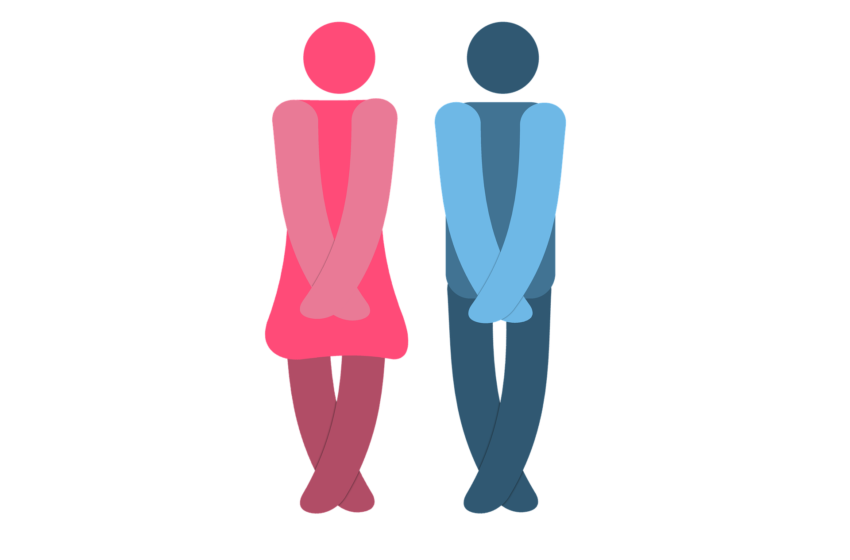
Urinary Tract Infections (UTIs) Insights, Rubrics & Homeopathic Remedies
Urinary tract infection (UTI) is a commonly acquired illness of the urinary tract i.e. from the kidney up to the urethra but the most frequent site of infection throughout the tract is the urinary bladder (the organ which stores urine until it is voided) and the urethra (a tube-like structure through which urine passes out) clinically known as cystitis (inflammation of the bladder) and urethritis (inflammation of the urethra) respectively. The more serious infection usually of chronic nature involves the kidney and ureter leading to pyelonephritis (inflammation of kidneys) and ureteritis (inflammation of ureter). Risk factors that are attributed to UTI are urinary stasis and obstruction. Any condition which causes the urine to retain inside the bladder results in the growth of the bacteria causing an infection that could be asymptomatic (subclinical) and symptomatic. The Symptomatic UTIs present itself with the frequency and urgency of urination, pain before/during/after urination, cloudy urine, burning, itching of the affected areas, pelvic pain, backache, and fever. Lower UTIs are characterized by an afebrile state or low-grade fever while upper UTI is associated with high-grade fever.
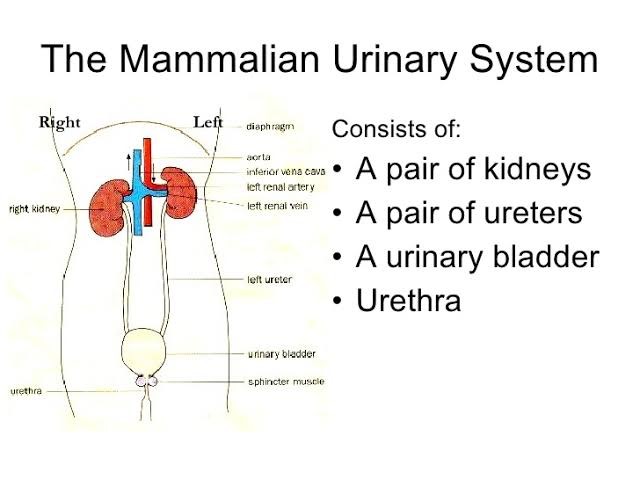
Cystitis: Most frequently occurring clinical condition of UTI involving the bladder. Inflammation of the bladder acts as a precursor to pyelonephritis in 90% of cases.
Pyelonephritis: It is the specific type of UTI that begins in the urethra or bladder and then the infection ascends to the kidneys causing pyelonephritis. If the infection is not treated properly it may lead to permanent kidney damage. The bacterias can spread in the whole bloodstream giving rise to a condition called septicemia and ultimately multi-organ failure.
Signs and symptoms of pyelonephritis:
A) Backside (flank) pain- frequently found symptom.
B) Abdominal or pelvic pain
C) Frequency and urgency of urination
D) Dysuria/burning sensation while urinating
E) Hematuria (blood in urine)
F) Pyuria ( pus cells in urine)
G) Low-grade fever (a sign of bacterial infection)
In severe cases copious hematuria along with nausea and vomiting.
The incidence of UTIs is 30 times more common among women as compared to men.
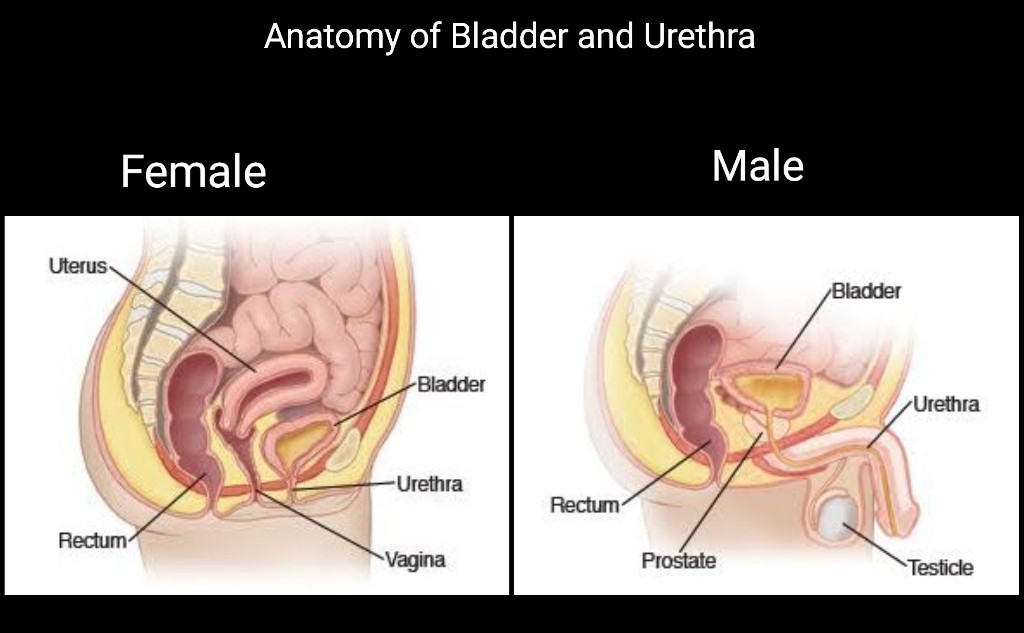
Approximately 50-80% of women contract an episode of UTI in their lifetime. The possible reasons listed for women having more UTIs than men are:
A) Females have shorter urethra which makes it vulnerable to infection.
B) In females, the urethra lies close to the anus and vagina making it more accessible for the bacteria and infection to infiltrate from the anus and vagina especially during coitus because the urogenital system is continually exposed in intercourse.
C) The hormonal fluctuations across the menstrual cycle renders female more susceptible to UTIs.
The Biological Conflict or Thought Process Associated with UTI:
In mammals apart from removing toxins from the body through urination, in evolutionary biology urine has another significance of marking territory for self. The territory refers to one’s own body, private space, home, neighborhood, workspaces, partner, or members of one’s domain, etc. By extension, a territory means a person, place, or belonging that one exclusively considers to solely belong to him/her only. An intrusion into one’s territory evokes territorial marking conflict and gives rise to lower UTIs more specifically cystitis and urethritis. Situations or conditions that are challenging or intruding on a person’s personal space, one’s position in relationships, at home, at workspaces/office, etc.
For example, females after marriage tend to suffer from UTI during the initial days or months of marriage that is commonly termed as ‘honeymoon cystitis’ which is medically due to frequent and prolonged intercourse (particularly unwanted sex) and in biological terms, it can be understood as an intrusion of her intimate space that leads to frequent cystitis. Because a person’s body marks his/her intimate space and when a new practice or situation is acquainted with the body reacts defensively and produces a symptom that could be known and the biological conflict behind the symptoms could be resolved.
Another thought process linked to the lower UTI is anger on one’s partner and blaming others especially of the opposite sex. The reason for anger or blame could be anything but if it is due to one’s partner or spouse then that person is more likely to suffer from lower UTIs. Because again it is perceived as a threat towards one’s opinions, beliefs, or their place in the relationship with their spouse.
Important Rubrics and Homeopathic Remedies for UTIs:
- Urinary organs, bladder, pain, jarring = Bell
- Urinary organs, bladder, pain, burning, neck, extending through urethra = Canth
- Urinary organs, bladder, retention, exertion, after = Arn, Caps, Rhus-t
- Urinary organs, bladder, urging, anxious, urinate, on beginning to = Acon
- Urinary organs, bladder, urging, married women, newly = Staph
- Urinary organs, bladder, urination, dysuria, urination after, agg = Equis
- Urinary organs, bladder, urination, involuntary, thirst, and fear, with = Acon
- Urinary organs, bladder, weakness, parturition, after = Ars
- Urinary organs, kidneys, inflammation, bloody, ink-like, albuminous, urine, with = Colch
- Urinary organs, urethra, discharge, cream-like = Caps
- Urinary organs, urethra, discharge, white, chronic, anaemic subjects, in = Calc-p
- Urinary organs, urethra, pain, meatus, extending backward = Cann-s
- Urinary organs, urine, milky, hydrocephalus, in very little but frequent discharges of milky urine with unconsciousness and delirium = Apis
- Urinary organs, urine, odor, strong, intensely urinous = Benz-ac
- Urinary organs, urine, sediment, white, filmy, very hard to wash off = Sep
References:
A) Harrison’s Principles of Internal Medicine, 19th Edition.
B) https://learninggnm.com/SBS/documents/i_kidneys.html#Renal_Pelvis_Ureters_Top
C) Repertory Of The Homeopathic Materia Medica, James Tyler Kent
P.S.: Do share your feedback about the above content in the comment section. Also mention any particular topic you would like to know about.
Note: We at The Homeopath take our ethics very seriously. More information about it can be found at Disclaimer page of our website.




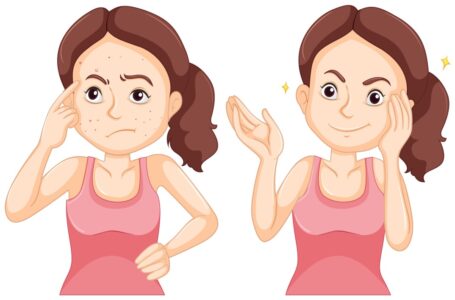
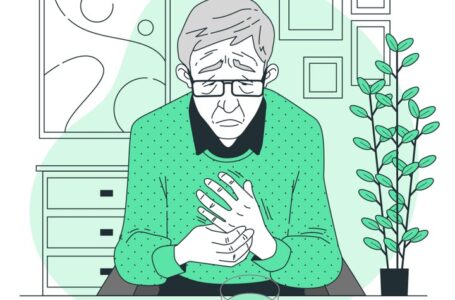
1 Comment
Clearly explained. Thanks.